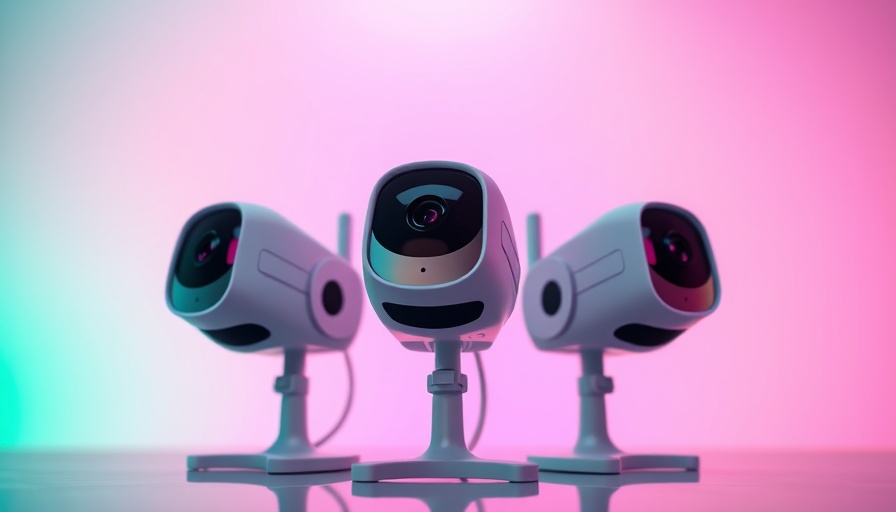
The New Frontier of AI Glasses: What Parents Need to Know
In an age where technology continues to surge forward, it’s exciting to see new developments in wearable devices, especially those targeting augmented reality (AR) and artificial intelligence (AI). Recently, Meta confirmed details about their latest prototype, the Aria Gen 2 smart glasses, which could have implications far beyond the tech-savvy enthusiast. While these glasses are still designed for research rather than consumer use, they illustrate the potential of augmented technology and raise intriguing questions for parents, particularly regarding the future of education and children's interaction with technology.
How Meta's Aria Gen 2 Stands Out From Other Devices
The Aria Gen 2 is a sophisticated piece of technology that integrates a range of features aimed at advancing research in augmented reality, robotics, and AI. These features include:
A robust eye-tracking system that can monitor various eye functions such as pupil diameter and blink detection.
Multiple computer vision cameras that can precisely capture hand and object movements, which could one day benefit students in learning complex manual tasks.
Lightweight design with improved comfort available in different sizes—an important factor for children who may wear smart devices for extended periods.
Consideration for user audio with stereo speakers and a contact microphone, enhancing interactive learning experiences in noisy environments.
The Potential Impact on Education
As education systems increasingly integrate technology into classrooms, innovations like Meta’s Aria Gen 2 could provide unique learning experiences. With the capability of detailed spatial awareness and object interaction, children could engage more deeply with educational content. Imagine a classroom where students can visualize complex anatomy in 3D or learn coding through interactive programming tasks right before their eyes. Such immersive experiences can significantly enhance comprehension and retention.
Challenges and Considerations for Parents
However, the excitement must be tempered with caution. As with any emerging technology, parents should consider the implications of such devices on their children. As Meta continues to develop these glasses, we must ask ourselves:
How will privacy be secured when these devices could potentially have built-in recording capabilities?
What is the effect of prolonged use of AR devices on children's eyesight and cognitive development?
How do we ensure that technology complements rather than replaces traditional learning methods?
Addressing these concerns will require ongoing dialogue between developers, educators, and parents to ensure that technological advancements serve the best interests of children.
Apple's Competitive Response: Will They Outpace Meta?
According to reports, Apple is intensively working on entering the AR glasses market, aiming to not only keep pace with but potentially surpass Meta's innovative strides. Tim Cook's aggressive timeline suggests that Apple may release their product soon, but whether it can outperform the already established features of Meta’s Aria Gen 2 remains to be seen.
For parents, this competition means a faster technology evolution, which could lead to better, more affordable educational tools beneficial for children. The key for families will be navigating this rapidly changing landscape wisely, focusing on the educational merit of new technologies.
Conclusion: Embracing the Future of Learning
As Meta sets the stage with advancements in AI glasses, parents need to stay informed and proactive about the technologies influencing their children's educational environment. The potential benefits of devices like the Aria Gen 2 could make learning more interactive and engaging, but it’s essential to keep technology’s impact on childhood development at the forefront of these discussions. Embracing the future means questioning, understanding, and guiding our children through this evolution.
Take action today by engaging with your children about technology, exploring how new advancements can enhance their learning experiences. By staying informed, you can navigate the digital landscape together and help your child thrive in an increasingly tech-driven world.
 Add Row
Add Row  Add
Add 




Write A Comment